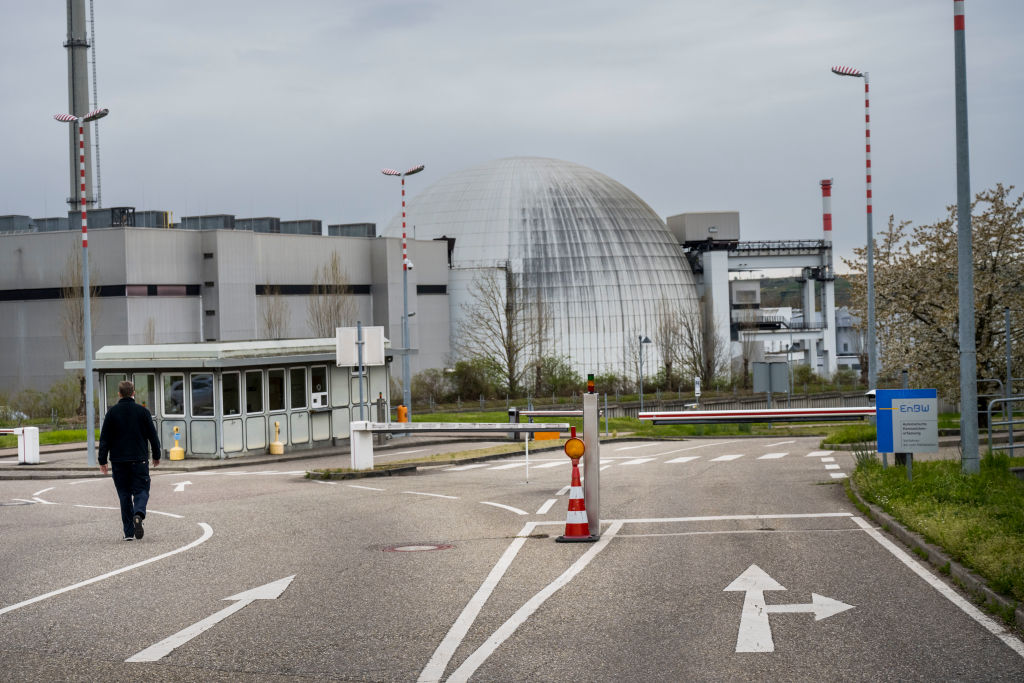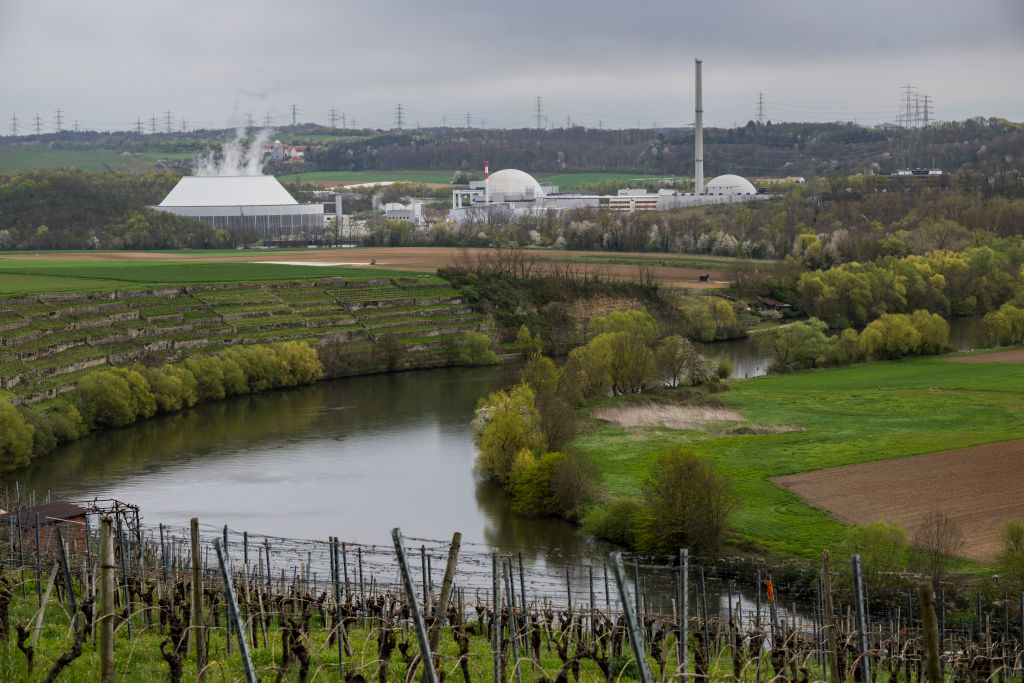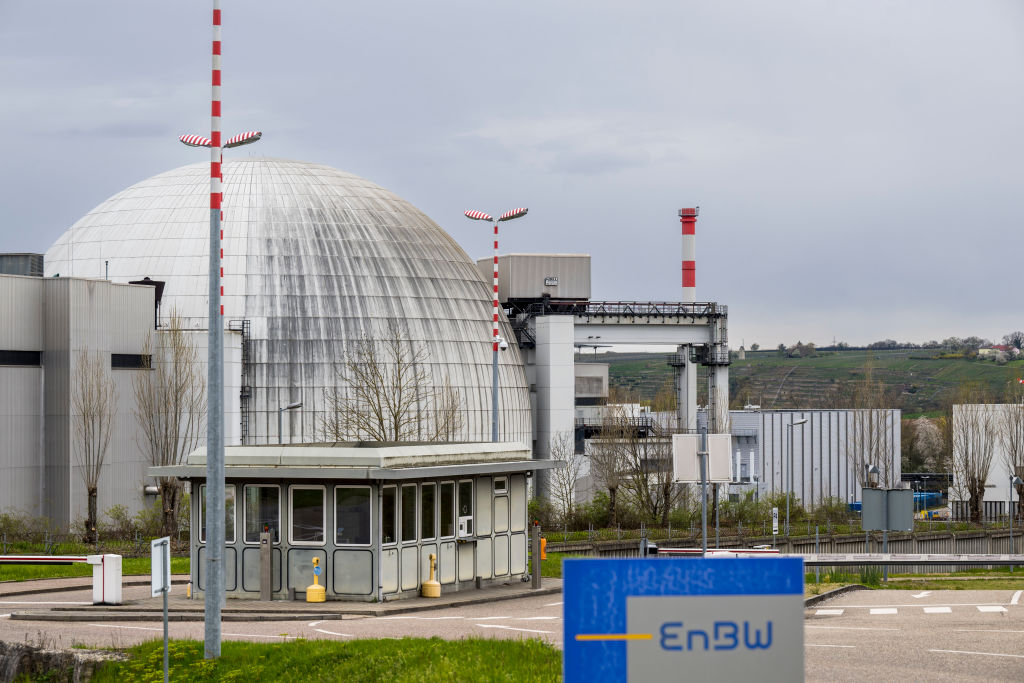The Danish government is to rethink its 40-year ban on nuclear power plants with a detailed review of the risks and potential of nuclear technology for Denmark’s power supply, according to Politiken newspaper.
Lars Aagaard, Denmark’s energy minister from the liberal Moderaterne party, said the study would last roughly a year.
The study could be the first step towards lifting a ban on nuclear power imposed in March 1985, when the Danish parliament narrowly voted to remove nuclear power plants from Denmark’s future energy plans. At the time, a left-wing coalition including the Social Democrats narrowly defeated the pro-nuclear centre-right government coalition. The ban also prohibited the construction of new nuclear power plants in Denmark.
Danish right-wingers have campaigned for an end to the ban for some time.
Since 1985, however, the Social Democrats have changed their views on nuclear power. On May 6, Prime Minister Mette Frederiksen told parliament: “I think we should look at it with an open mind. It is better to have nuclear power in Europe than to rely on Russian gas.”
The PM’s comments marked a significant shift from Frederiksen’s own earlier scepticism. The Social Democrats subsequently announced they would investigate nuclear technology’s possibilities and consequences for Denmark.
However, energy minister Aagaard dampened expectations of a rapid transformation. “The right in Denmark talks about nuclear power as if it were a plug-and-play solution and that it does not involve any difficult choices”, he told Politiken, referring to questions such as nuclear waste disposal and fuel rod procurement.
Nevertheless, pro-nuclear activists were elated by the news. Johan Christian Sollid, founder of NGO Atomkraft – Ja Tak (Nuclear Power – Yes Please!), called the decision to launch the study “historic”.
Denmark currently relies heavily on renewable power sources, with more than 88 per cent of its electricity in 2024 coming from renewables, primarily offshore wind power as well as photovoltaics.
The country was also a net importer of electricity, importing ca. 20 terawatt-hours, primarily relying on Norwegian hydroelectric and Swedish nuclear power stations. Moreover, the reliance on fluttery renewables has greatly increased the risk of brownouts.
According to Eurostat, Denmark had the third-highest electricity prices for household customers in the EU in 2024 at €0.38 per kWh, narrowly surpassed by Ireland (€0.40/kWh) and Germany (€0.39/kWh). An average household consumes around 3,500 kWh of electricity per year.





